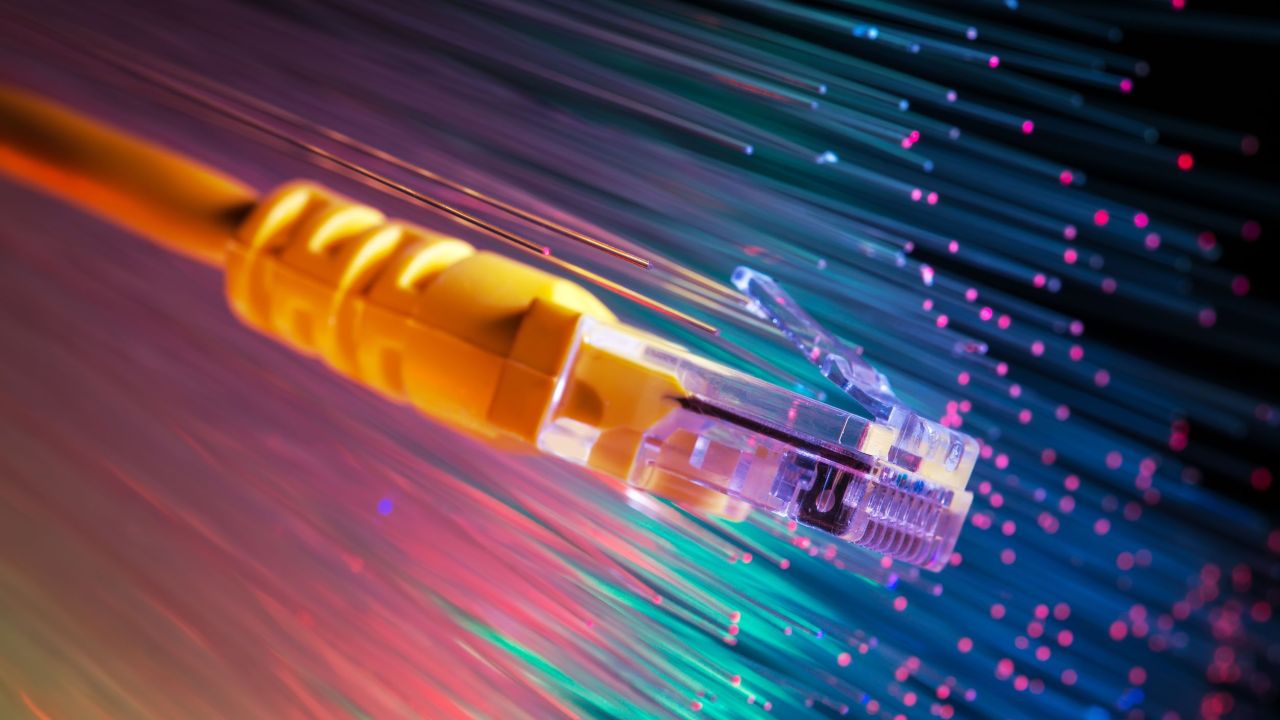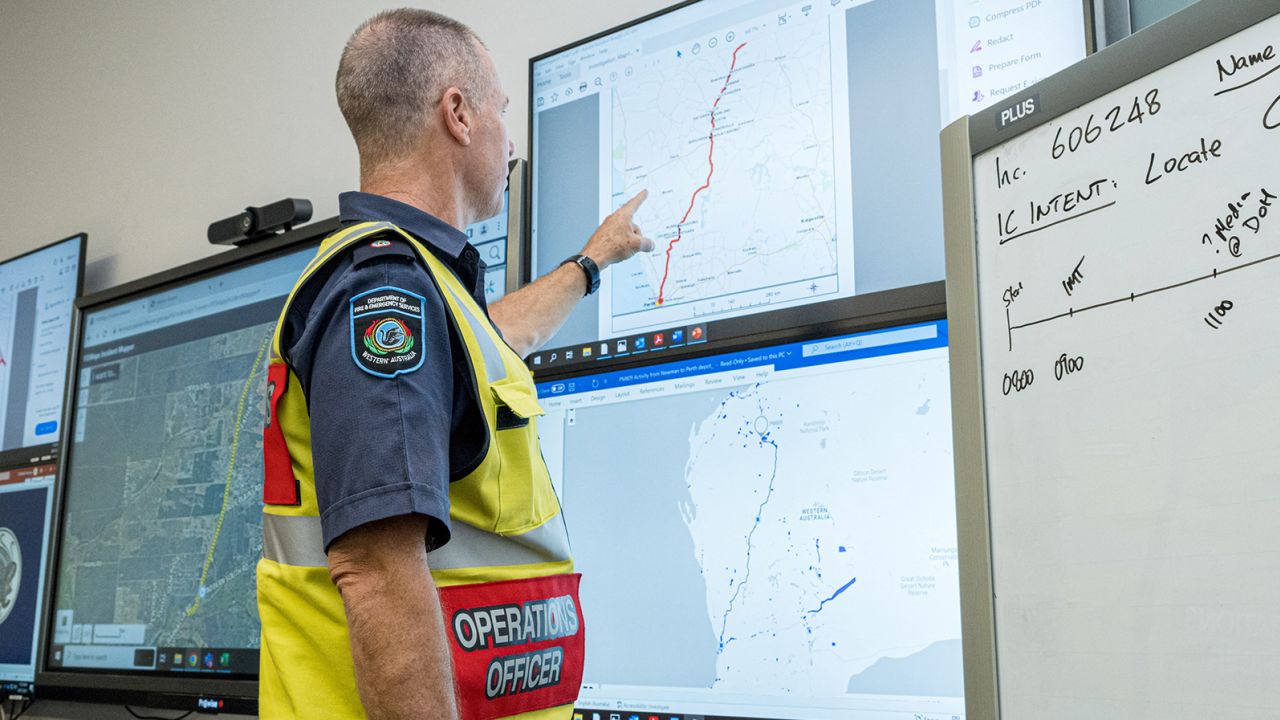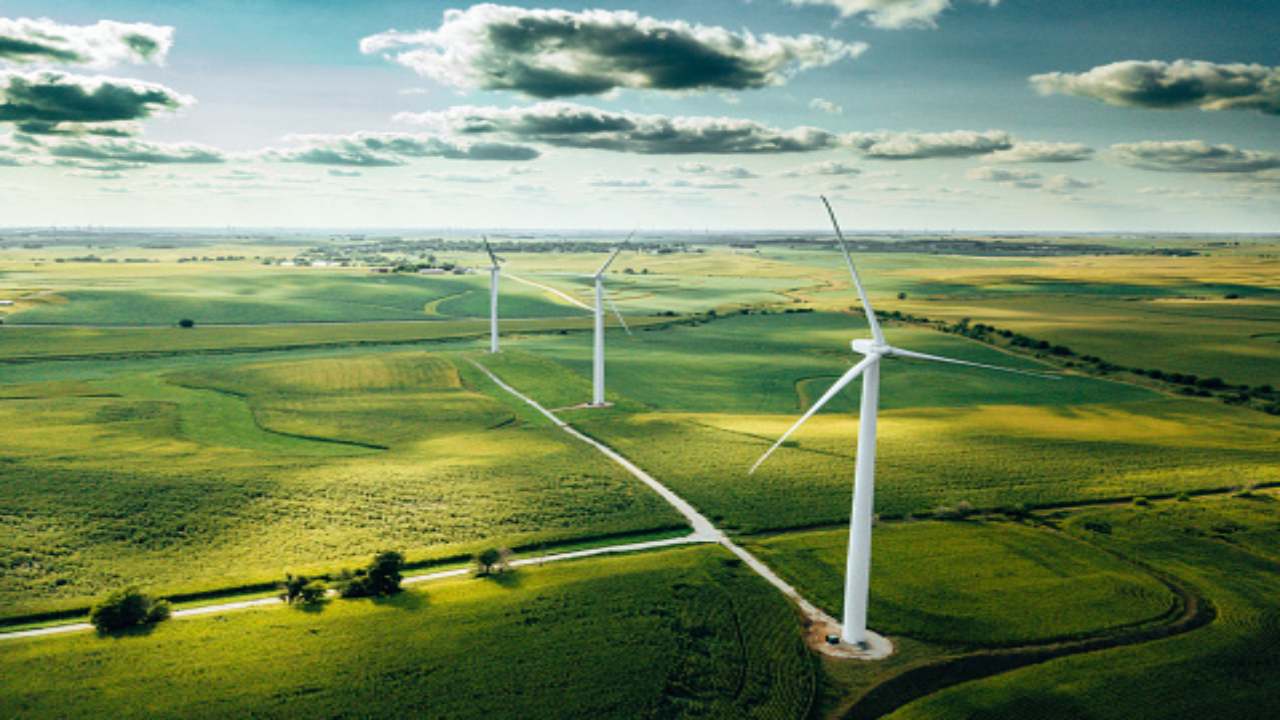
In the constantly evolving world of internet connectivity, choosing between fiber optics and 5G home internet can be complex. Both offer unique advantages and drawbacks, demanding careful consideration. 5G provides wireless flexibility and potential access in remote areas, but limited coverage and speed fluctuations can pose challenges.
Fiber optics deliver unparalleled speed and reliability but may involve complex installations and limited availability. Individuals can make informed decisions by examining speed, cost, user experiences, and environmental impact. Ultimately, the ideal choice hinges on personal needs, location, and budget. Embrace the future of connectivity wisely.
Understanding 5G Home Internet
Understanding 5G home internet unveils a transformative era in connectivity. The fifth generation of wireless technology, or 5G, transforms the digital world at a speed and efficiency never previously possible. Its unique wireless technology eliminates the need for physical connections, offering unparalleled ease.
5G meets the needs of modern living by providing a smooth online experience with faster speeds and lower latency. Taking advantage of this technical advancement promises a future in which staying connected is as simple as it is quick, opening opportunities in a world where connectivity is fast and diverse.
Exploring Fiber Optic Internet

Exploring the fiber-optic internet unravels a realm of high-speed connectivity. Grounded in transmitting data through thin glass or plastic fibers, this technology is the pinnacle of reliability. Offering unparalleled speeds and consistent performance, fiber optics redefine the internet experience.
Despite potential installation challenges and limited availability in certain regions, its reliability during peak usage times sets it apart. Using fiber optic internet takes consumers to a world where consistent, fast, and reliable access is standard, meeting the ever-increasing needs of a digitally linked society.
5G Home Internet Benefits
The benefits of 5G home internet extend beyond mere speed. Embracing wireless convenience liberates users from the constraints of physical cables, fostering adaptability. Particularly beneficial in remote areas, 5G becomes a beacon of accessibility, bridging the digital divide. While offering the promise of high-speed connectivity, it presents a flexible solution for those prioritizing mobility.
However, acknowledging its limited coverage areas and potential speed fluctuations is crucial. The pros lie in its revolutionary wireless nature and potential to revolutionize internet access, redefining how we connect and communicate in an increasingly digital world.
Wireless Convenience
Wireless convenience is the hallmark of 5G home internet, liberating users from the hassle of tangled cables. This feature offers unparalleled flexibility, enabling seamless connectivity without physical constraints. Whether connecting devices in a home office or streaming content in the living room, the absence of cables enhances adaptability.
This wireless nature simplifies setup and transforms the user experience, catering to those who value mobility and a clutter-free environment. Embracing 5G’s wireless convenience means embracing a new era of fast and effortlessly untethered connectivity.
Accessibility in Remote Areas
Accessibility in remote areas is a significant advantage of 5G home internet. This technology acts as a digital bridge, extending connectivity to regions where traditional infrastructure may struggle to reach. Offering a lifeline to rural and underserved communities, 5G becomes a beacon of inclusion, ensuring that even remote areas can access high-speed internet.
This increased accessibility connects individuals and opens doors to educational and economic opportunities previously hindered by the lack of reliable internet. Embracing 5G in such areas symbolizes progress toward a more digitally connected and equitable future.
Disadvantages of 5G Home Internet
Despite its merits, the cons of 5G home internet need consideration. More coverage areas are required, with urban zones often benefiting more than rural regions. Potential speed fluctuations, influenced by network congestion and interference, can impact performance.
Ensuring 5G availability in specific locations is vital, as not all areas may have access. While wireless, it is crucial to weigh the cons of potential coverage gaps and fluctuations against the convenience it offers. A balanced assessment of both pros and cons aids in making an informed decision when choosing between 5G and other internet options.
Limited Coverage Areas

Limited coverage areas present a challenge for 5G home internet, with urban regions often reaping more benefits than rural locales. While this cutting-edge technology is expanding rapidly, some areas may still need 5G access. Before opting for 5G, verifying its availability in specific locations is crucial.
The potential for coverage gaps underscores the importance of understanding the current reach of 5G networks. Balancing the promise of wireless convenience with the reality of coverage limitations ensures a more realistic and informed decision-making process when considering 5G as an internet option.
Potential Speed Fluctuations
Potential speed fluctuations represent a consideration for 5G home internet users. While the technology promises high speeds, real-world performance may vary due to network congestion and interference. Users should be aware that factors like distance from the 5G tower can influence speed.
Understanding these potential fluctuations is essential for managing expectations and making an informed decision. Despite the promise of rapid speeds, acknowledging the variability in different conditions ensures a realistic approach when considering 5G. Evaluating potential speed fluctuations allows users to choose an internet option that aligns with their specific performance expectations.
Benefits of the Internet via Fiber
The benefits of the fiber-optic web are tracked down in its unrivaled reliability and speed. Given its quick rates, it performs exceptionally well in data transfer capacity-escalation assignments like streaming and web-based gaming.
Fiber optics offer consistent performance, avoiding slowdowns during peak usage times. While installation may pose challenges, its reliability makes it ideal for those prioritizing stable, high-speed internet. Fiber-optic internet is highly recommended for anyone looking for a high-speed, reliable digital connection.
Fast Speed Capabilities
Fiber-optic internet stands out in the competition for digital connectivity thanks to its fast speeds.
It supports bandwidth-intensive activities like HD streaming and online gaming with unmatched speed. Fiber optics, which provide dependable and quick internet access, are a monument to technical achievement.
In the constantly changing world of digital connectivity, fiber optic internet’s high-speed capabilities make it an appealing option for customers who value efficiency and speed in their online endeavors.
Reliability and Consistent Performance
Reliability and consistent performance distinguish fiber-optic internet in the digital realm. Unlike traditional broadband, fiber optics ensure unwavering speeds regardless of peak usage times, offering a dependable online experience.
This reliability proves crucial for activities demanding a stable internet connection, from remote work to online entertainment. While fiber optic installation may pose challenges, its consistent performance becomes a key advantage, providing users with a seamless and uninterrupted internet connection for their diverse online needs. Choosing fiber optic internet guarantees a reliable and consistently high-performing internet experience.
Disadvantages of Internet Fiber

The disadvantages of fiber-optic internet include potential installation challenges. The process may involve complexities such as drilling and professional setup, leading to higher initial costs and possible inconveniences. Additionally, limited availability in certain regions could limit accessibility.
Despite these drawbacks, fiber optics’ unmatched speed and reliability often outweigh the cons, making it a formidable choice for users seeking top-notch internet performance, particularly in areas where installation challenges and availability are not prohibitive.
Installation Challenges
Installation challenges characterize fiber-optic internet setups. The process involves intricate procedures like drilling and professional setup, potentially resulting in higher initial costs. Users can profit from fiber optics’ dependable and fast internet performance, even when the intricacy may pose installation-related difficulties.
A seamless transition to fiber-optic internet is ensured by being aware of and ready for these installation issues. Along these lines, clients might exploit its benefits without being surprised by the unanticipated issues.
Cost Considerations
Cost considerations are pivotal when deliberating between 5G home internet and fiber optics. Users should factor in both initial setup costs and monthly subscription fees. Installation expenses, which can vary, may include professional setup for fiber optics.
Monthly payments, critical for budget planning, differ among service providers. Balancing the initial investment against ongoing costs ensures users make informed decisions based on financial feasibility and the desired level of high-speed internet service.
Initial Setup Costs
Initial setup costs are a crucial aspect to weigh when considering 5G home internet and fiber optics. The installation of both may involve varying expenses. 5G, being wireless, might have lower initial setup costs compared to the potential complexities of fiber optic installation, which may include drilling and professional setup.
Understanding these upfront expenses helps users budget effectively. Balancing the benefits of each technology against their respective setup costs ensures a financially sound decision when choosing the ideal high-speed internet option for specific needs and preferences.
Monthly Subscription Fees
Monthly subscription fees are crucial to the affordability of 5G home internet and fiber optics. Users should compare the costs of each service provider, considering the unique plans offered. While 5G may offer wireless convenience, its subscription fees could differ from those of fiber optic services.
Evaluating these recurring expenses allows users to align their chosen internet option with their budget, ensuring a sustainable and cost-effective high-speed internet experience tailored to their needs.
Future Developments in 5G and Fiber Optics

Making educated decisions requires a thorough awareness of upcoming developments in fiber optics and 5G. Both choices should see gains in speed, dependability, and general performance as technology develops. They are keeping up with impending developments that guarantee users are ready for the ever-changing high-speed internet scene.
Users may make decisions that align with the most recent advancements by considering possible advances in 5G and fiber optics. This ensures that their internet experience is future-proof and can adjust to the constantly changing demands of the digital world.
Future Developments in 5G and Fiber Optics
Making educated decisions requires a thorough awareness of upcoming developments in fiber optics and 5G. Both choices should see gains in speed, dependability, and general performance as technology develops. They are keeping up with impending developments to guarantee that users are ready for the ever-changing high-speed internet scene.
Users may make decisions that align with the most recent advancements by considering possible advances in 5G and fiber optics. This ensures that their internet experience is future-proof and can adjust to the constantly changing demands of the digital world.
User Experiences
User experiences provide valuable insights when comparing 5G home internet and fiber optics. Exploring testimonials and reviews from individuals who have utilized both options provides real-world perspectives. These first-hand accounts shed light on speed, reliability, and overall satisfaction.
Understanding the experiences of other users helps potential adopters make informed decisions, offering a glimpse into the day-to-day performance and practicality of each internet option in different scenarios and usage contexts.
Impact on Home Entertainment
The impact on home entertainment is critical when deciding between 5G home internet and fiber optics. Gaming, streaming, and other internet activities require a robust and fast connection. Fiber optics are the best at delivering smooth entertainment experiences because of their unsurpassed speed and dependability.
On the other hand, 5G offers wireless convenience, catering to the evolving needs of connected households. Assessing how each option influences home entertainment ensures users make a choice aligned with their digital lifestyle, guaranteeing an optimal and uninterrupted entertainment experience.
Environmental Considerations

Environmental considerations play a significant role in the decision between 5G home internet and fiber optics. Evaluating the energy efficiency and sustainability of each option is crucial. Fiber optics, known for their stable performance, may have a lower environmental impact.
5G, while offering wireless convenience, requires extensive infrastructure, raising concerns about its overall sustainability. Users concerned about the ecological footprint of their internet choice should weigh these environmental considerations to make an informed decision that aligns with their commitment to a greener and more sustainable future.
Conclusion
In conclusion, choosing between 5G home internet and fiber optics hinges on individual needs, preferences, and considerations. Both options offer distinct advantages and drawbacks, requiring users to carefully evaluate speed, reliability, coverage, and environmental impact.
Assessing personal requirements, location constraints, and budget considerations ensures a tailored decision. Whether opting for the wireless convenience of 5G or the high-speed reliability of fiber optics, users can make an informed choice, ushering in a future of seamless and efficient internet connectivity that aligns with their specific digital lifestyle.
2. Can I switch from Fiber to 5G without changing equipment?
In most cases, switching from fiber to 5G may require updating your equipment to ensure compatibility with the new technology.
3. Are there health concerns associated with 5G technology?
Current scientific evidence suggests that 5G technology poses no substantial health risks. However, ongoing research is essential to monitor any potential long-term effects.
4. How does weather affect the performance of 5G?
Yes, Fiber-optic Internet is well-suited for gaming due to its low latency and consistent speeds, providing a seamless gaming experience.
5. Is Fiber-optic Internet suitable for gaming?
Yes, fiber-optic Internet is well-suited for gaming due to its low latency and consistent speeds, providing a seamless gaming experience.







